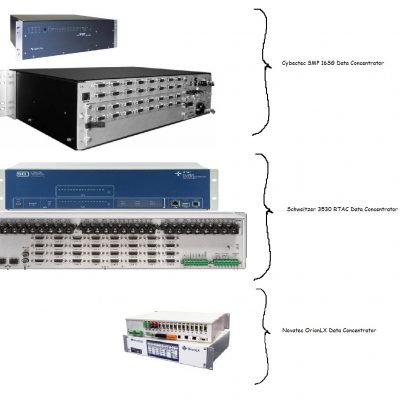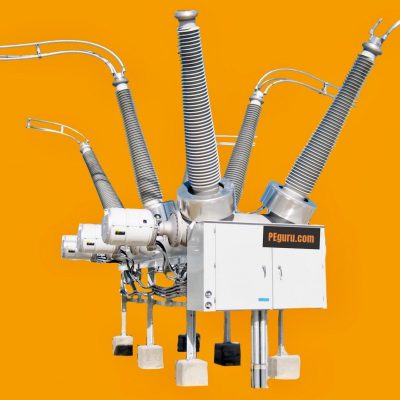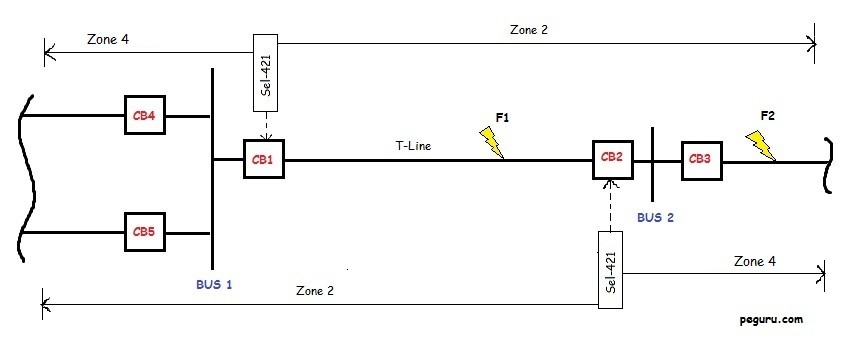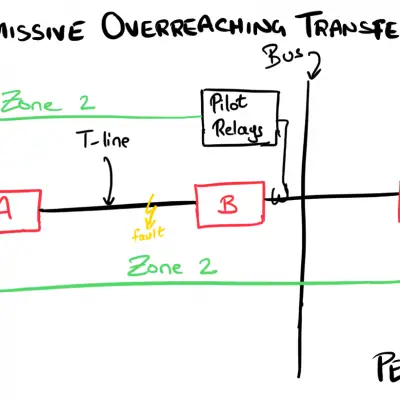Substation SCADA System – Design Guide
For electrical engineers, designing the Supervisory Control and Data Acquisition system (SCADA) for an electrical substation can be a daunting task, if not confusing with the different ways you can connect various Intelligent Electronic Devices (IED’s) based on protocols each device supports. This article serves to help you understand this system so you can design one as well.
Substation SCADA System – Design Guide Read More »





